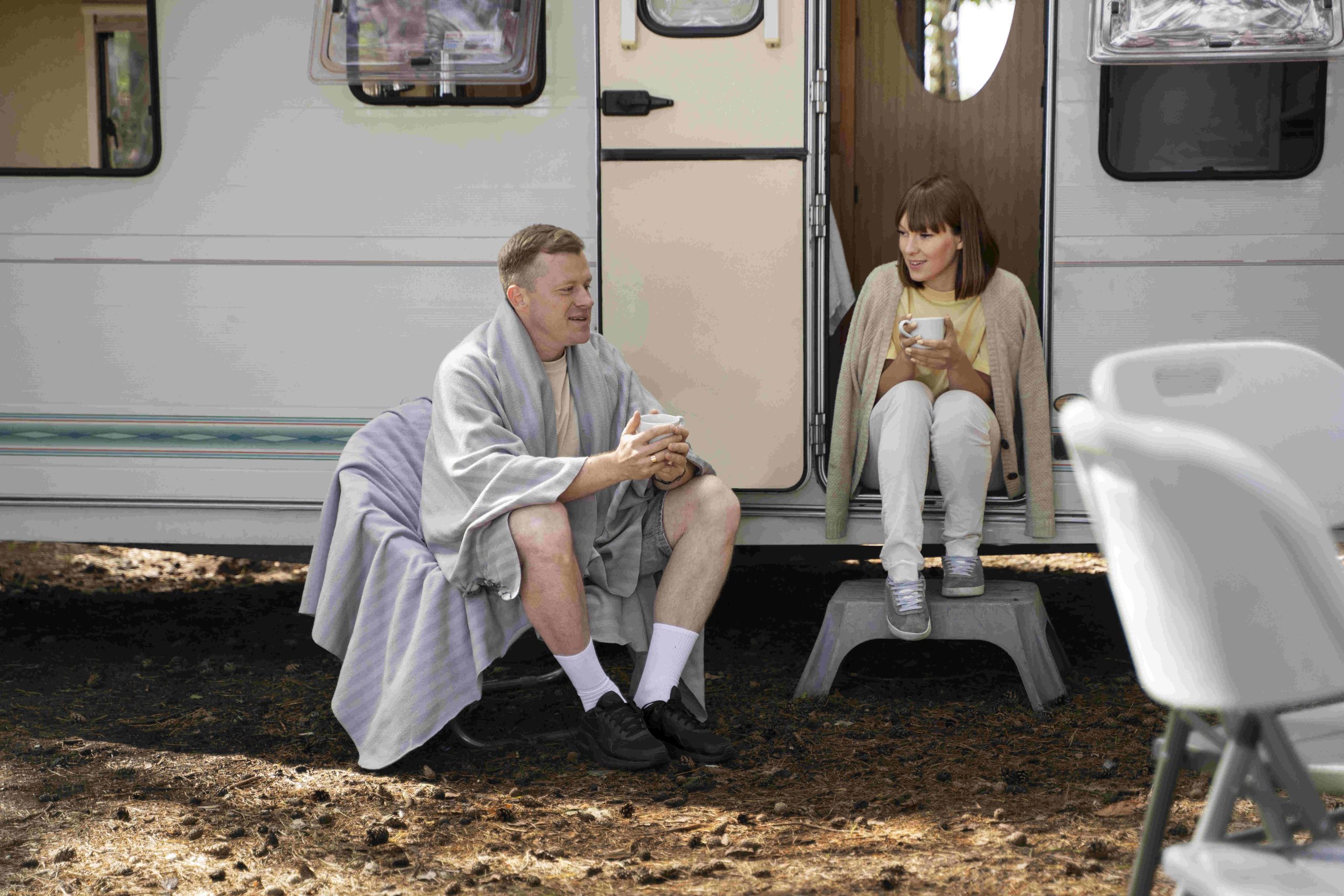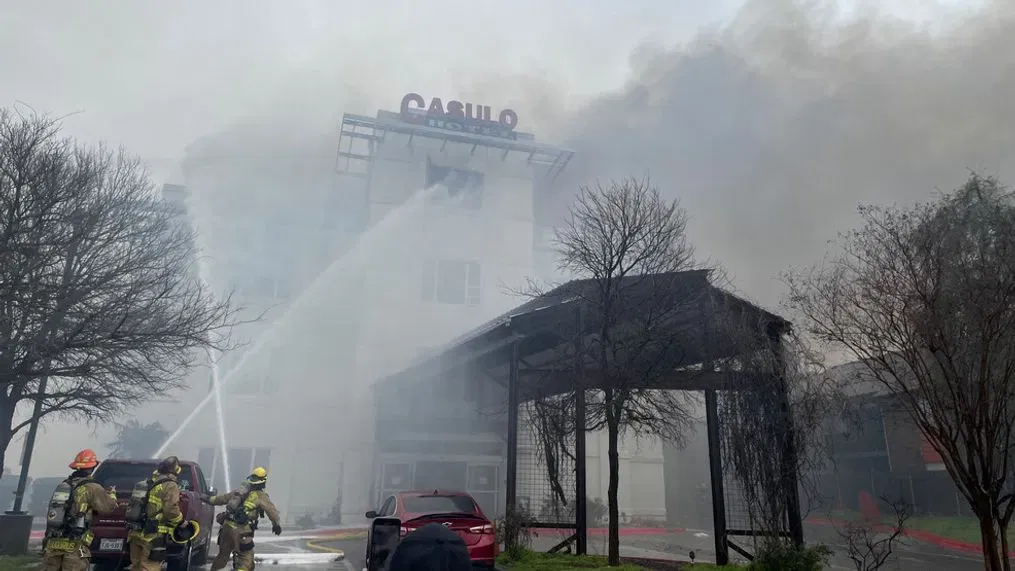In recent years, a unique trend has gained traction across the United States: DIY camper van conversions. What was once a niche hobby for a small group of adventure enthusiasts has now blossomed into a full-blown movement, fueled by a desire for freedom, affordability, and a closer connection to nature. Whether it’s millennials seeking an escape from the 9-to-5 grind, retirees embracing a nomadic lifestyle, or families looking for budget-friendly vacations, camper van conversions are redefining how Americans travel and live.
Why Camper Van Conversions Are Booming
- Affordability Over Traditional RVs
Recreational vehicles (RVs) can be prohibitively expensive, with prices often ranging from $100,000 to $300,000 for new models. DIY camper van conversions, on the other hand, offer a more budget-friendly alternative. By purchasing used vans, such as Sprinters or Ford Transit models, and outfitting them with custom-built interiors, travelers can create their dream mobile home at a fraction of the cost. Many DIYers spend anywhere from $5,000 to $30,000 on their conversions, depending on their desired level of luxury. With rising inflation and increasing travel costs, this affordability makes camper van living an attractive option for those seeking adventure without breaking the bank. - A Desire for Freedom and Flexibility
The pandemic reshaped how Americans view travel, work, and home life. Remote work opportunities and a yearning for open spaces have encouraged many to embrace van life. Camper vans allow travelers to hit the road whenever they want, park in scenic spots, and avoid the rigidity of hotel reservations and airline schedules. - A Growing DIY Culture
Platforms like YouTube, Instagram, and Pinterest have made DIY camper van conversions accessible to anyone with a bit of creativity and determination. Countless tutorials, blogs, and forums guide newcomers through every step, from installing solar panels to designing efficient storage solutions. This growing community of DIY enthusiasts has inspired others to try their hand at converting their own vans, fostering a sense of empowerment and accomplishment.
What Goes Into a DIY Camper Van Conversion?
- Choosing the Right Base Vehicle
The first step in any camper van conversion is selecting the base vehicle. Popular choices in the U.S. include the Mercedes-Benz Sprinter, Ford Transit, and Ram ProMaster due to their spacious interiors and reliable performance. Some opt for vintage VW vans for a retro vibe, while others choose smaller vehicles like minivans for easier maneuverability. - Designing the Interior
Creativity shines in the design process, as van owners customize their interiors to fit their needs. Common features include:- Sleeping Areas: Fold-out beds or fixed platforms with storage underneath.
- Kitchens: Compact setups with portable stoves, sinks, and mini-fridges.
- Bathroom Solutions: Composting toilets or portable camping showers.
- Storage: Clever use of cabinets, drawers, and wall-mounted organizers to maximize space.
- Adding Power and Utilities
Many DIYers install solar panels and batteries to power their vans off-grid. LED lights, USB charging ports, and water pumps for sinks are common additions. Insulation and ventilation are also crucial for maintaining comfort in various weather conditions.
The Appeal of the Van Life Lifestyle
- Closer to Nature
Camper vans allow travelers to immerse themselves in nature, whether it’s waking up to a sunrise in a national park, parking by the beach, or stargazing in remote deserts. This connection to the outdoors is a significant draw for those seeking a break from urban life. - Minimalism and Simplicity
Van life encourages a minimalist approach, as limited space requires careful consideration of what to bring along. For many, this simplicity is liberating, allowing them to focus on experiences rather than material possessions. - Community and Connection
The van life movement has fostered a vibrant community of like-minded adventurers. Meetups, online groups, and van life festivals bring people together to share tips, stories, and camaraderie.
Challenges of DIY Camper Van Living
While the lifestyle has its appeal, it’s not without challenges:
- Limited Space: Living in a van requires significant downsizing and creative organization.
- Maintenance: DIY conversions require upkeep, and breakdowns can disrupt travel plans.
- Legal and Parking Issues: Finding safe, legal places to park overnight can be tricky, especially in urban areas.
Conclusion
The unexpected boom in DIY camper van conversions reflects a growing desire for freedom, affordability, and adventure. For many Americans, converting a van into a home on wheels is more than just a project—it’s a lifestyle choice that prioritizes experiences over materialism and offers an alternative way to explore the country. While it comes with its own set of challenges, the rewards of van life continue to inspire a new generation of travelers to hit the road and embrace the beauty of the journey.
















Leave a Reply